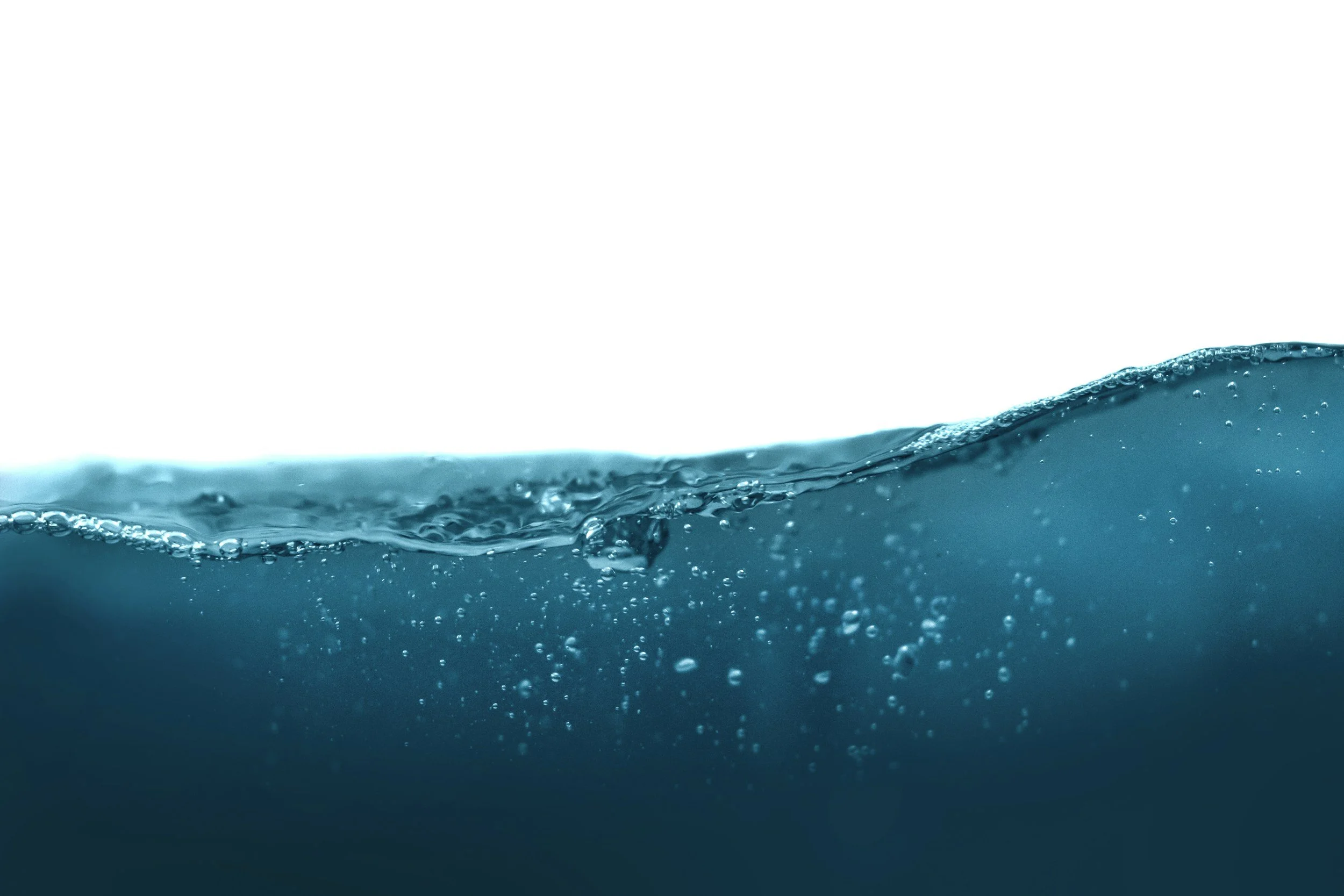
Newsletter
Poolside News
Fall 2025
Backyard Washington DC.
Topics this season:
When to close your pool for the winter.
Is winter maintenance important?
Chocolate chip pumpkin bars
When is a good time to close your pool for winter?
Timing your pool closing does matter, the best time to close your swimming pool is when the water temperature consistently drops below 65°F. Closing your pool too early, when the water is still warm, creates a perfect environment for algae and bacteria to grow. Algae thrives in warm, stagnant water. Covering the pool while the water is still above 65°F will encouraging algae growth. This can turn your pool green over the winter, requiring costly and time-consuming treatment in the spring. Winterizing chemicals are used up more quickly in warmer water. Wait until the water is consistently cooler, winterizing chemicals will last longer, and you'll have a cleaner pool when you open it in the spring. Stop relying on a specific calendar date like Labor Day, watch the signs that indicate it's time to close. If your yard has a lot of trees, you may want to close just before the majority of leaves start to fall to save yourself a major cleaning effort. Watch for falling daytime and consistent cooler overnight temperatures. While closing too early is a risk, waiting too long can be even worse. As kids return to school and the weather cools, the pool will naturally be used less, that’s another great indicator that it might be time to close. You must close the pool before the first hard freeze to prevent water in the pipes and equipment from freezing and cracking. Ultimately closing your pool later in the season, when the water is cooler but not freezing, is the best way to ensure you'll have a clear and clean pool when you open it again in the spring. Close late and open early is what Khlorine Keith always says.
Thinking about staying open longer this pool season? Try the Hayward HC series pool heater, it runs on natural or propane gas. Email or call to for a free estimate today.
Hayward HC Series Pool Heater
Winter Maintenance is Necessary
Proper upkeep during the off-season prevents costly damage for your upcoming spring season. It sounds ridiculous, I know, but keeping the water from turning green with algae will ensure an easier & cheaper pool opening in the spring. Regularly removing water and debris from the top of your pool cover, like leaves and snow prevents your cover from sagging and potentially filtering grime into the pool water below. Test your water throughout the winter. Maintaining & balancing proper pool chemistries prevents algae growth, staining, and scale buildup. You may need to add additional chemicals, like chlorine and algaecide, periodically to keep the water clear. Check the cover and all equipment throughout the winter for any issues. For in-ground pools, monitor the water level, which can rise from rain or melted snow. You may need to pump out excess water to prevent flooding. #1Pools offers a Cover Watch program. It includes 4 visits during the winter season with chemicals and labor included. We will check water & chemical levels, lower water levels as needed, & add chlorine shock at very visit, clean & remove debris from pool cover. Call or email to schedule today.
Pumpkin chocolate chip bars
This is a delicious fall desert for all our pumpkin lovers out there. These 2 ingredient chocolate chip pumpkin bars are easy to make, yummy & only 2-3 points on the Weight Watcher scale pending on size of course.
Ingredients:
• 15oz can of pumpkin purée
• 17.5oz bag of Betty Crocker Chocolate Chip Cookie Dough
Directions:
Grease a 9x9 casserole or baking dish, preheat oven to 350 degrees. While oven is heating, combine the 2 ingredients in a large bowl until they are well acquainted. (Add cinnamon or pumpkin spice to your liking if desired.) Once mixture is wet & combined thoroughly, pour mixture and spread evenly into your baking dish. Bake for 20-25 minutes or until golden brown. Allow dish to cool before cutting into bars. Enjoy.




